What is the purpose of andirons, firedogs and fireplace grates?
It is possible to light a fire on the floor of the fireplace. For thousands of years, though, fires have been lit off the ground with the help of andirons and later also with a fire basket. What is the purpose of this? First, a brief history of the andiron and the fire basket.
The first andirons were found with the Romans thousands of years ago. They usually consisted of a single rod or block with one or two elevations. This resulted in better air circulation to the wood, and the fire remained in its place. Since the 16th century, andirons have been used in pairs, which greatly improved their function.
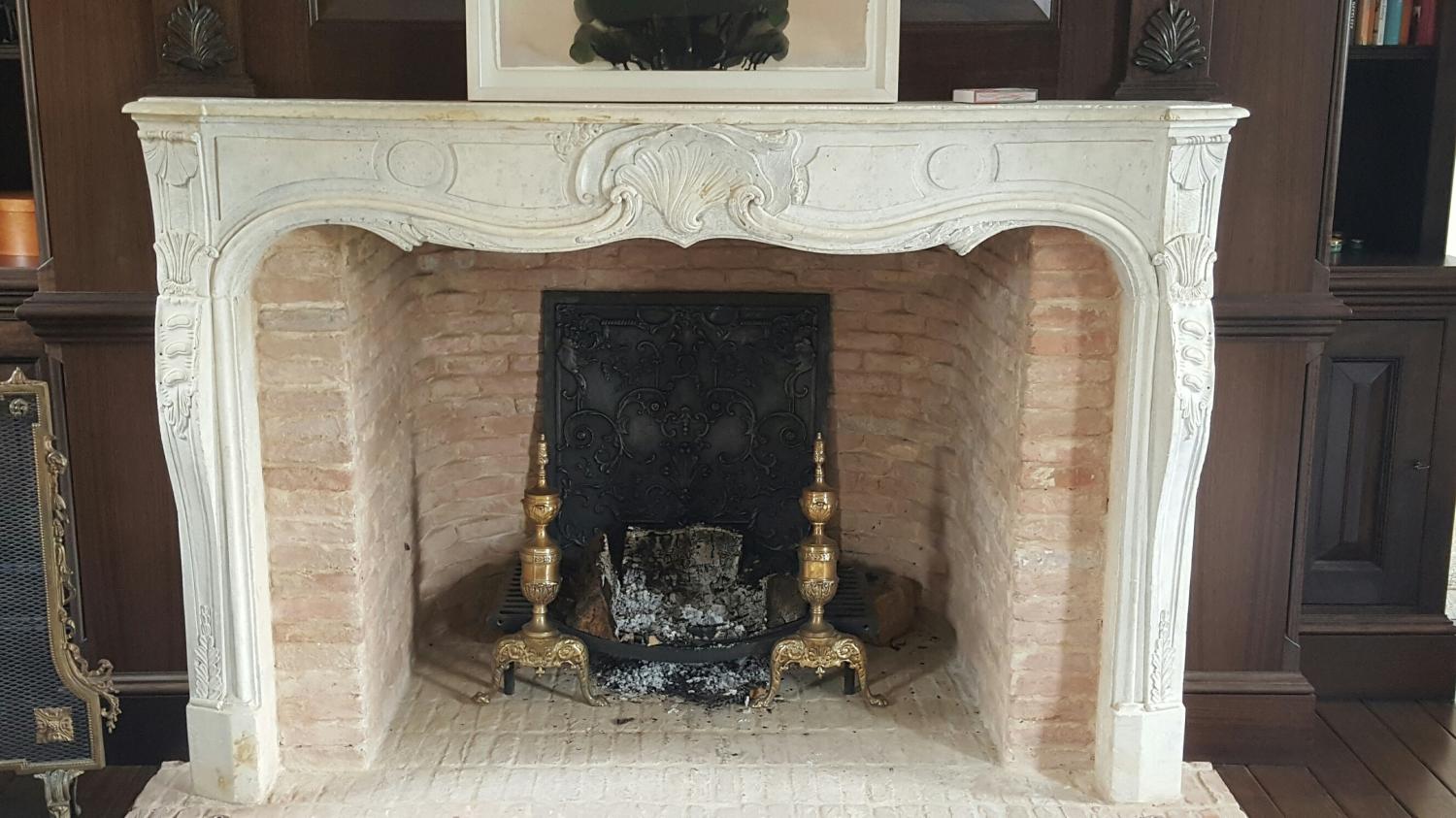
In the course of the 16th and 17th centuries, the design of andirons was further adapted to practical needs for cooking in and around the fireplace. In addition, the decorative andiron emerged, for both in the kitchen and outside it.
The first fire baskets were used in the 17th century. In England, the use of a (small) fire basket became mandatory after the great fire in London in 1666. You will therefore see many more fire baskets in England than, for example, in France. There, you mainly see the combination of andirons with a grate. In the Netherlands, you see a mix of the two.
There are four reasons for using andirons or a fire basket for a fire.
1. Environmentally friendly burning due to better aeration and combustion
A fire needs a lot of air to burn well, as much as 250 - 350 m3 of air per hour. By elevating the fire, the air can reach the fire from all sides, so that it burns better. In addition, the elevation reduces the distance from the fire to the chimney. When the fire is lit, the chimney will heat up faster, which will quickly create the draft in the chimney. This keeps the fire burning better. Fire baskets generally have a higher fire than andirons with a grate on top. If the draft is not strong, it is therefore advisable to use a tall basket. For both, it is easier to keep a quietly burning fire going, in order to achieve environmentally friendly heating.
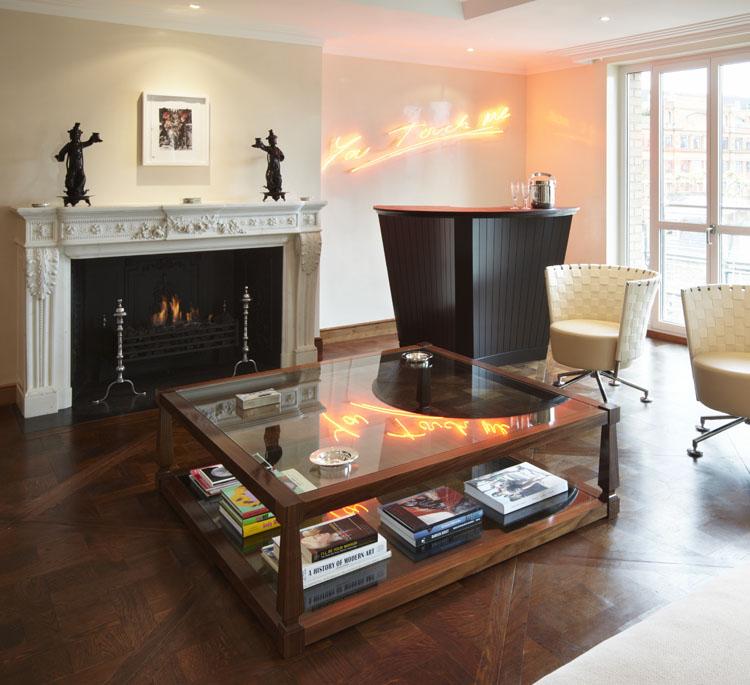
2. Prevent the wood from rolling out of the fire
All andirons have an elevation at the front. This prevents the wood from rolling out of the fireplace. This keeps the fire together better, which makes it burn better. In addition, it is safer if burning wood cannot roll out of the fireplace. The crossbars of many French andirons slope downward for this reason.
The fire basket typically has a firebox in which the fire is burned. This keeps the wood in place even better.
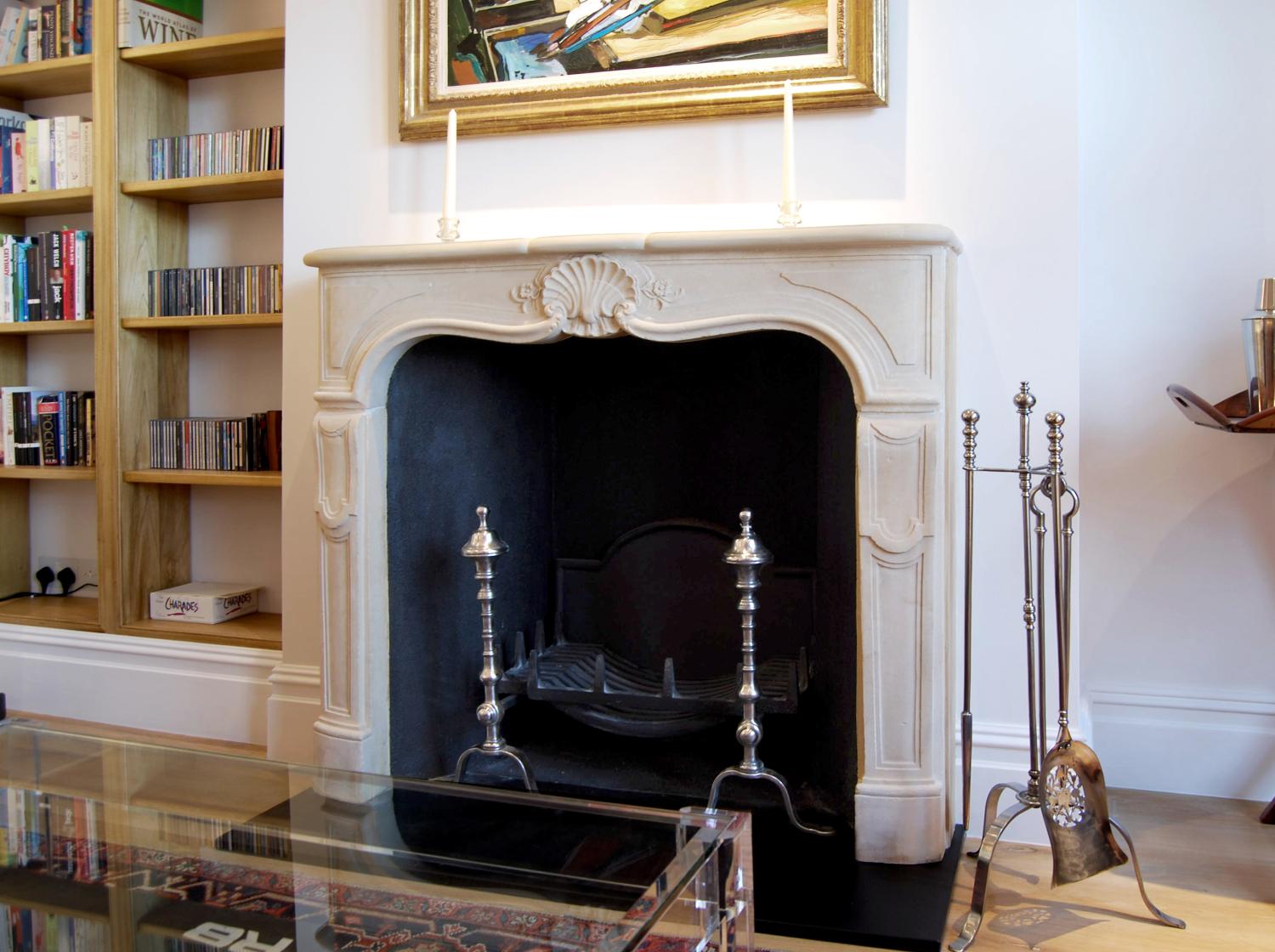
3. For cooking
If andirons have spit hooks at the front, then they were used for grilling food. That food was strung on a spit and slowly turned in front of the fire. There are all kinds of tools for turning the spit mechanically, such as the fireplace grill. In addition, some andirons have bowls at the top in which food was heated or kept warm.
Although it is no longer necessary to cook in the fireplace, it is quite an enjoyable activity. The only things needed for cooking with andirons are andirons with spit hooks, a spit and a drip tray if fat comes off the food. You can thread all kinds of food onto the spit and grill or cook it. There are also other ways to cook in the fireplace.
A fire basket is somewhat less suitable for cooking in the fireplace. You can place a grill installation in front of the basket, such as a roasting jack with which you can grill and cook. You can also use instruments to hang food in the fireplace above or in front of the basket.
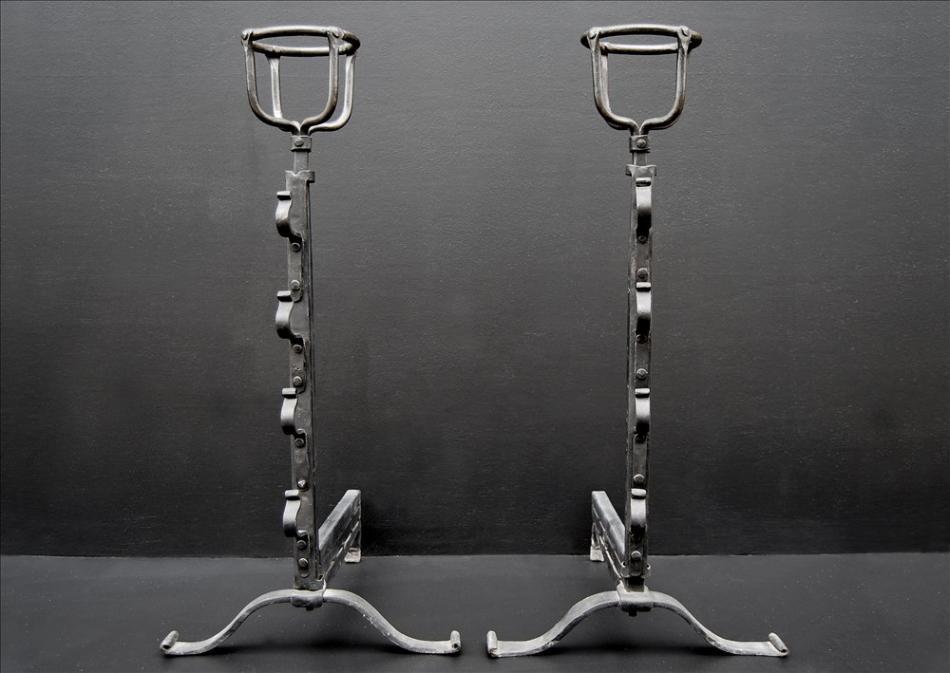
4. Decorative function
Starting in the 16th century, more and more attention and effort went into the decoration of andirons, as true status symbols. Until the 17th century, they were mainly made of wrought iron and cast iron; starting in the 17th century, they were decorated with bronze, brass and/or ormolu, which were very scarce and precious at that time. In combination with the dark iron, it formed a beautiful contrast in the fireplace. This was especially the case for andirons that were placed in the living and sleeping areas.
Andirons that were used for cooking in the fireplace are usually made of wrought iron and in some cases were also beautifully crafted. Among the most well-known of these are the "bull head" andirons.
In combination with a fireback, or possibly other antique fireplace accessories, andirons or a fire basket can form a beautifully decorative whole that enhances the fireplace.
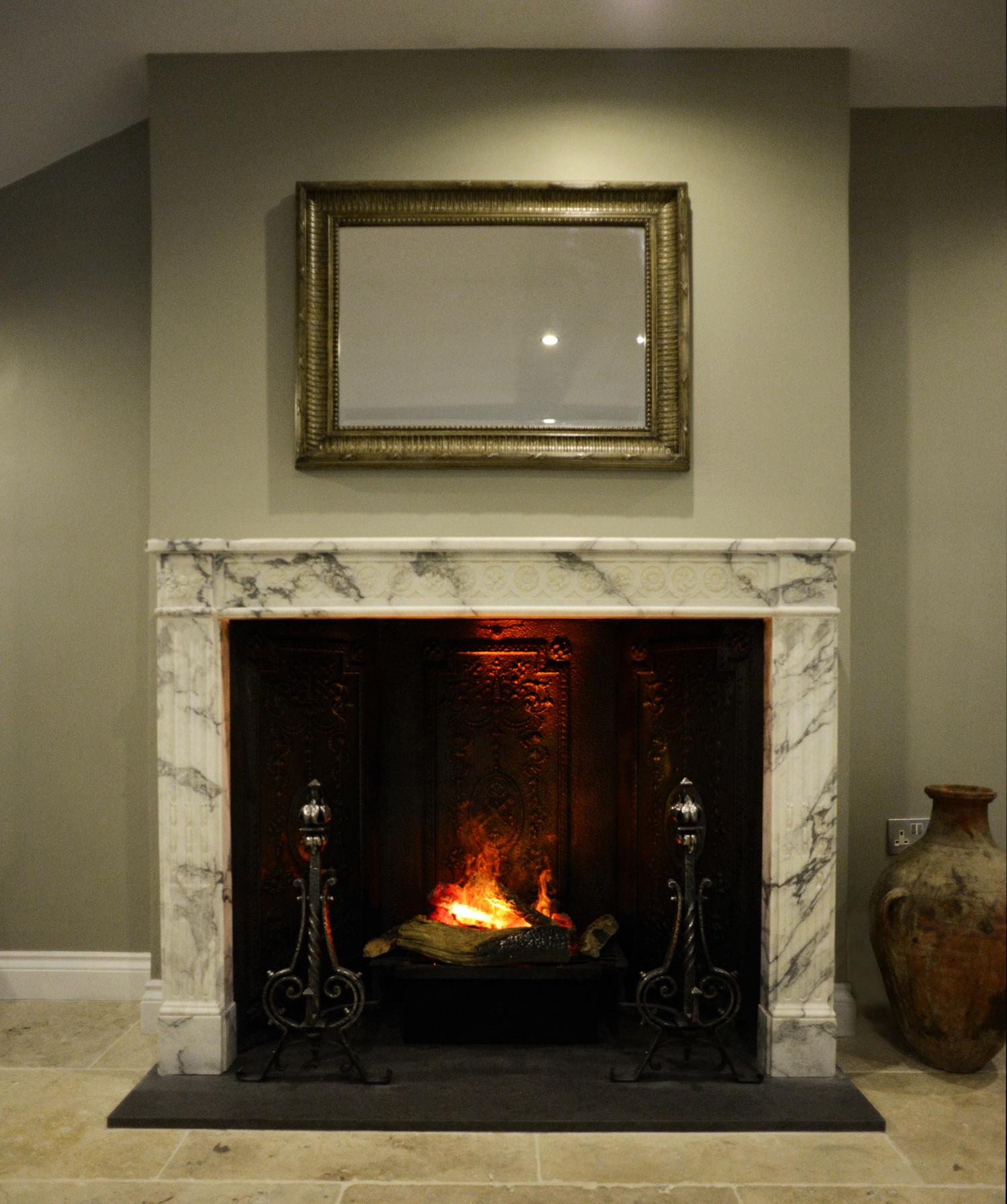
A summary of the pros and cons of andirons versus a fireplace grate:
The advantages of andirons over a fire basket are that larger fires are possible and that the size of the fire can be adjusted by setting the andirons closer together or further apart. In addition, different sizes of grates can often be placed on the andirons. Another advantage is that andirons that have spit hooks can be used for cooking in the fireplace.
The advantages of a fire basket over andirons are that the fire is more compact, and the wood is less likely to roll away. The height of the fire box, which is often greater than the height of the andirons, results in a better draft in the fireplace.
These are an example of a pair of 19th century English polished and engraved steel firedogs. Scrolled bases, twists to shafts, and rings to fronts.
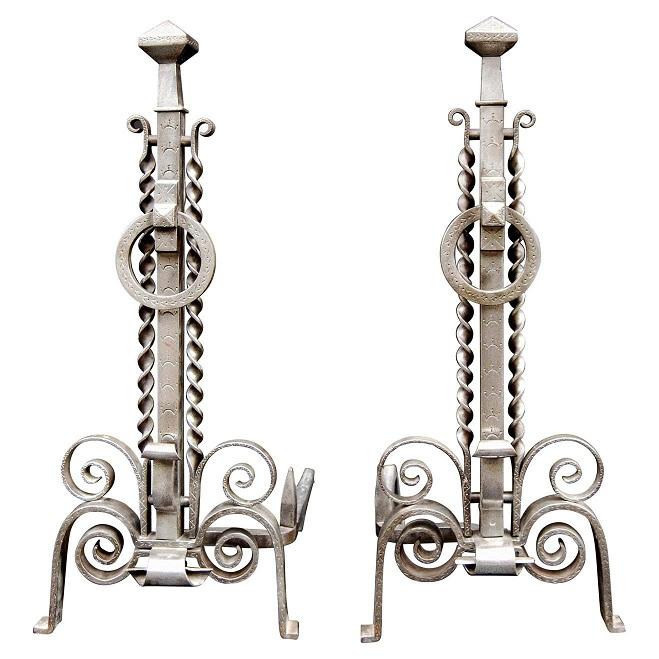
To find out more about this piece please visit our website where you can view it & many other rare & unusual marbles.


